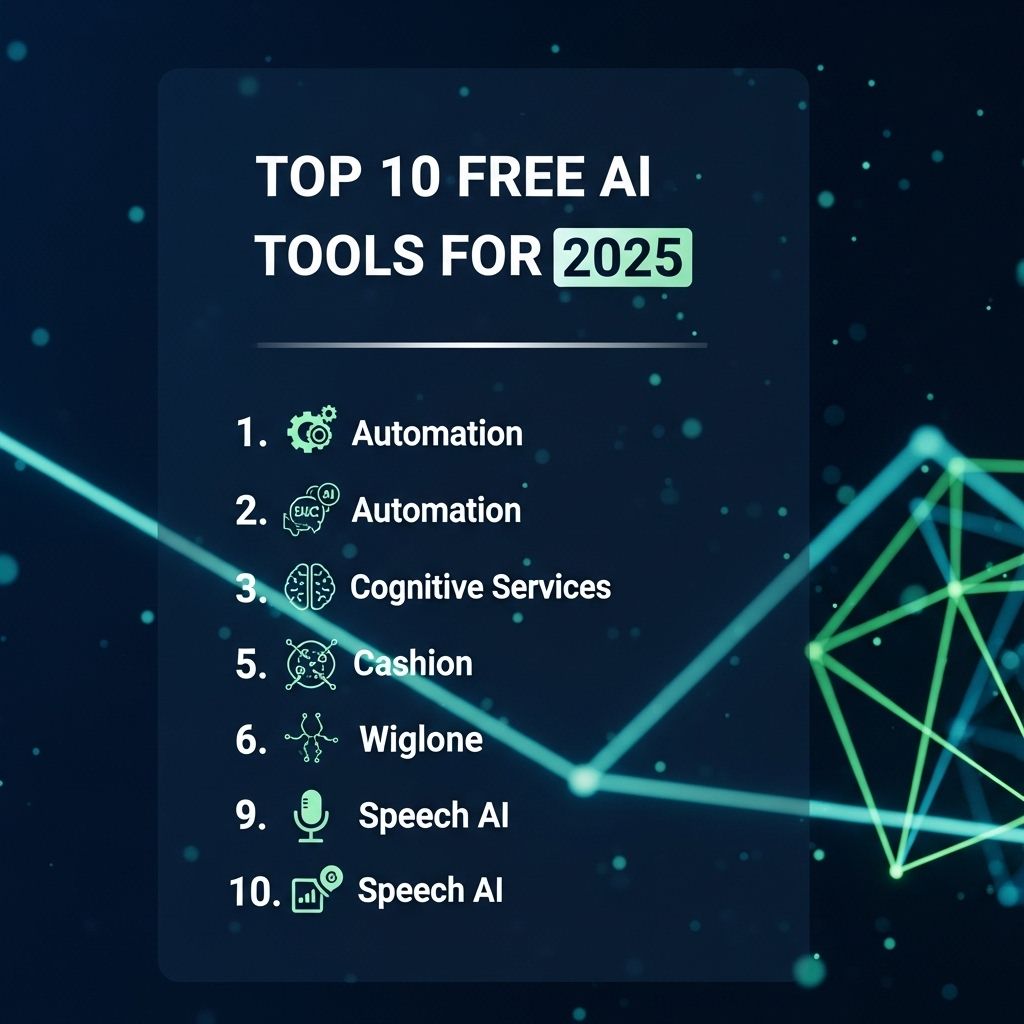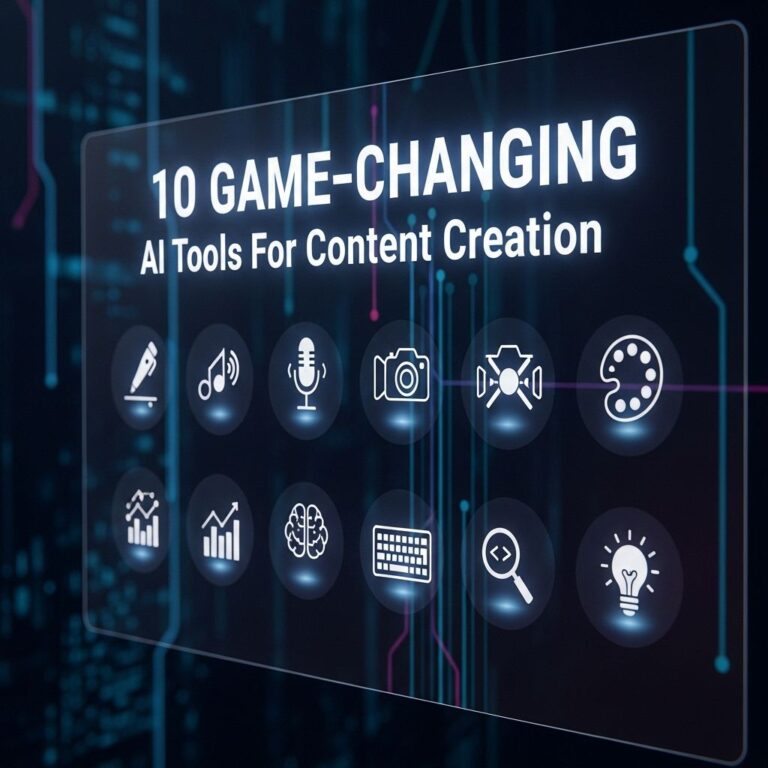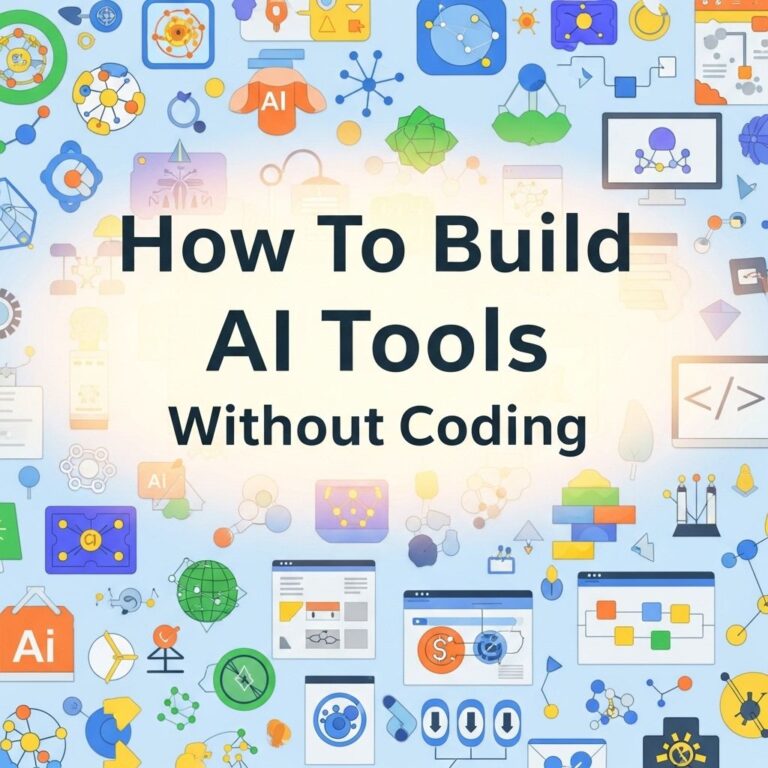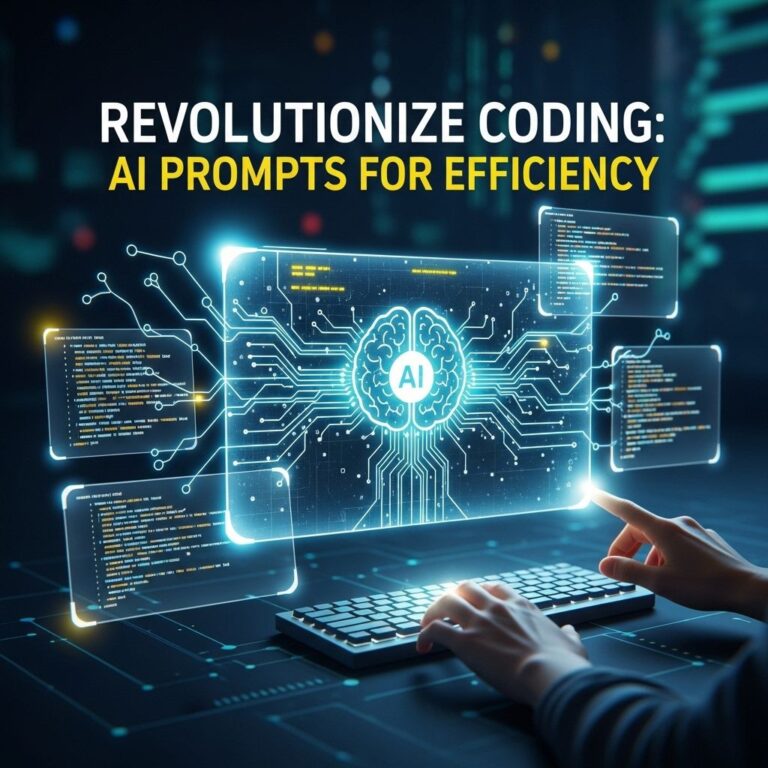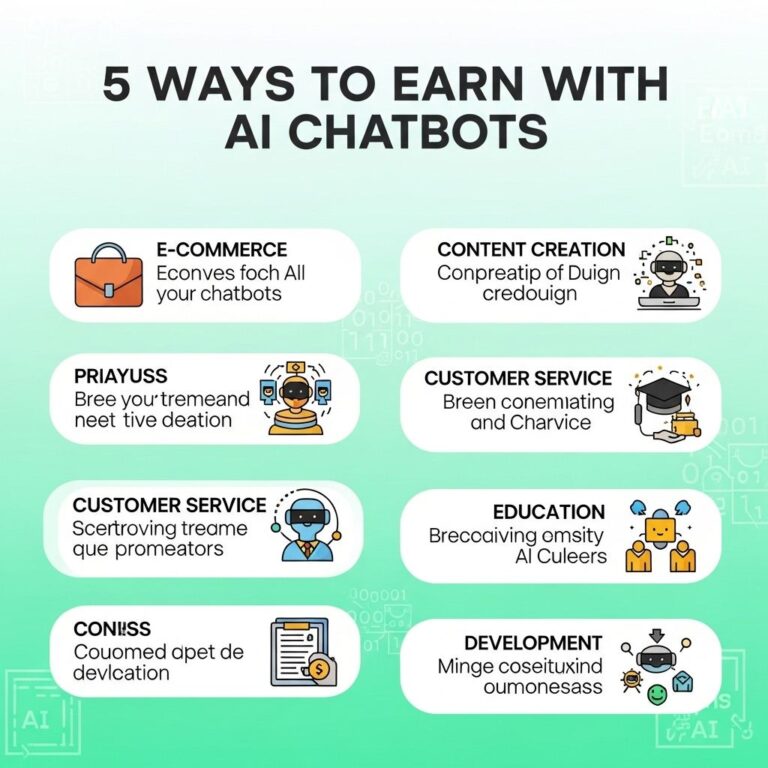As we venture into 2025, artificial intelligence continues to thrive, embedding itself into various sectors and enhancing our everyday lives. From automating mundane tasks to providing sophisticated insights, AI tools have become indispensable for individuals and businesses alike. In this article, we will explore the top 10 free AI tools that are set to dominate the landscape, enabling users to harness the power of artificial intelligence without breaking the bank.
Table of Contents
1. ChatGPT
ChatGPT, developed by OpenAI, is a conversational AI model that excels in understanding and generating human-like text. This tool can assist in numerous tasks such as:
- Answering queries
- Writing content
- Brainstorming ideas
- Coding assistance
Features
- Natural language understanding
- Multiple conversational modes
- Integration capabilities with various apps
2. Google Cloud AutoML
Google Cloud AutoML simplifies the process of building custom machine learning models for specific tasks. Users can leverage its capabilities to:
- Create image recognition tools
- Develop language models
- Implement predictive analytics
Benefits
| Aspect | Details |
|---|---|
| Accessibility | User-friendly interface for non-developers |
| Scalability | Seamless integration with Google services |
3. Microsoft Azure Cognitive Services
This suite of tools allows developers to integrate AI into their applications using APIs. Key functionalities include:
- Image analysis
- Speech recognition
- Text analytics
Use Cases
Some practical applications include:
- Enhancing customer service with chatbots
- Analyzing sentiment in customer feedback
4. IBM Watson Assistant
IBM Watson Assistant helps businesses create conversational interfaces for their services. It utilizes AI to:
- Understand user intent
- Provide relevant responses
Key Features
Watson Assistant stands out due to:
- Multilingual support
- Customization capabilities
- Integration with various platforms
5. RunwayML
RunwayML is a creative toolkit designed for artists and designers, offering various AI models for media generation. Potential uses include:
- Generating images from text prompts
- Editing videos with AI effects
Tools Available
Some of the notable tools are:
- Text-to-image generators
- Object detection and tracking
6. TensorFlow
TensorFlow is an open-source library geared towards machine learning and deep learning. This tool is ideal for:
- Building neural networks
- Training models for various applications
Advantages
| Feature | Description |
|---|---|
| Community Support | Extensive resources and forums |
| Flexibility | Support for diverse platforms and languages |
7. Hugging Face Transformers
Hugging Face offers an extensive library of pre-trained models and tools for natural language processing tasks. Users can:
- Build chatbots
- Analyze text sentiment
Popular Models
Some prominent models include:
- BERT
- GPT-2
8. OpenAI Codex
OpenAI Codex revolutionizes coding by suggesting code snippets and generating code based on simple prompts. This tool is valuable for:
- New developers learning programming
- Experienced developers speeding up coding tasks
Functionalities
Key functionalities include:
- Autocompletion of code
- Debugging support
9. DALL-E
DALL-E, another creation from OpenAI, generates images based on textual descriptions, offering immense potential for:
- Content creation
- Marketing campaigns
Examples of Use
Some imaginative applications include:
- Creating illustrations for articles
- Visualizing concepts in presentations
10. DataRobot
DataRobot is an automated machine learning platform that simplifies the process of building predictive models. It allows users to:
- Analyze datasets
- Generate predictive analytics
Features to Note
| Feature | Benefit |
|---|---|
| AutoML Capabilities | Automates the entire model-building process |
| User-Friendly Interface | Accessible for users with minimal statistical knowledge |
In conclusion, as we look at the evolving landscape of artificial intelligence, these free tools provide a gateway for innovation and creativity. They empower individuals and organizations to integrate AI into their workflows, enhancing productivity, and enabling the realization of ambitious projects. Whether you are a seasoned developer or a curious beginner, the future of AI is bright, and the above tools are your stepping stones to unlocking its potential.
FAQ
What are the best free AI tools for 2025?
Some of the best free AI tools for 2025 include OpenAI’s ChatGPT, Google’s TensorFlow, Microsoft’s Azure AI, IBM Watson, and Hugging Face’s Transformers.
How can I access free AI tools?
Most free AI tools are accessible online through their official websites or platforms. You can sign up for free accounts or use limited features without registration.
Are free AI tools as effective as paid ones?
While free AI tools can be highly effective for many tasks, paid tools often offer advanced features, better support, and more extensive datasets.
What types of tasks can I accomplish with free AI tools?
Free AI tools can help with various tasks such as natural language processing, image recognition, data analysis, and even generating content.
Is there a community or support for users of free AI tools?
Yes, many free AI tools have active communities, forums, and documentation to help users learn and troubleshoot issues.
How do I choose the right free AI tool for my needs?
To choose the right free AI tool, assess your specific needs, such as the type of project, required features, and ease of use. Checking reviews and comparisons can also help.

